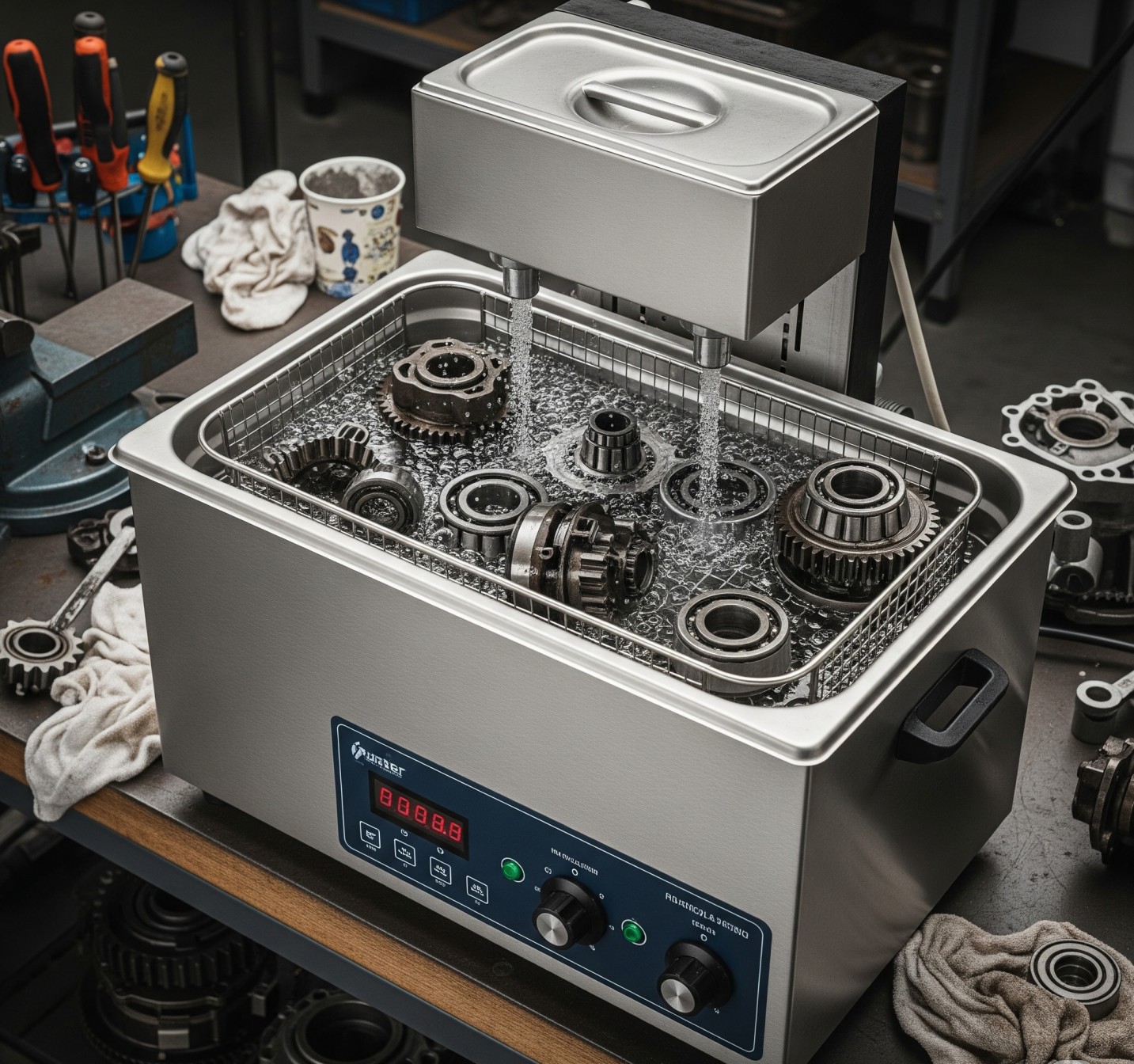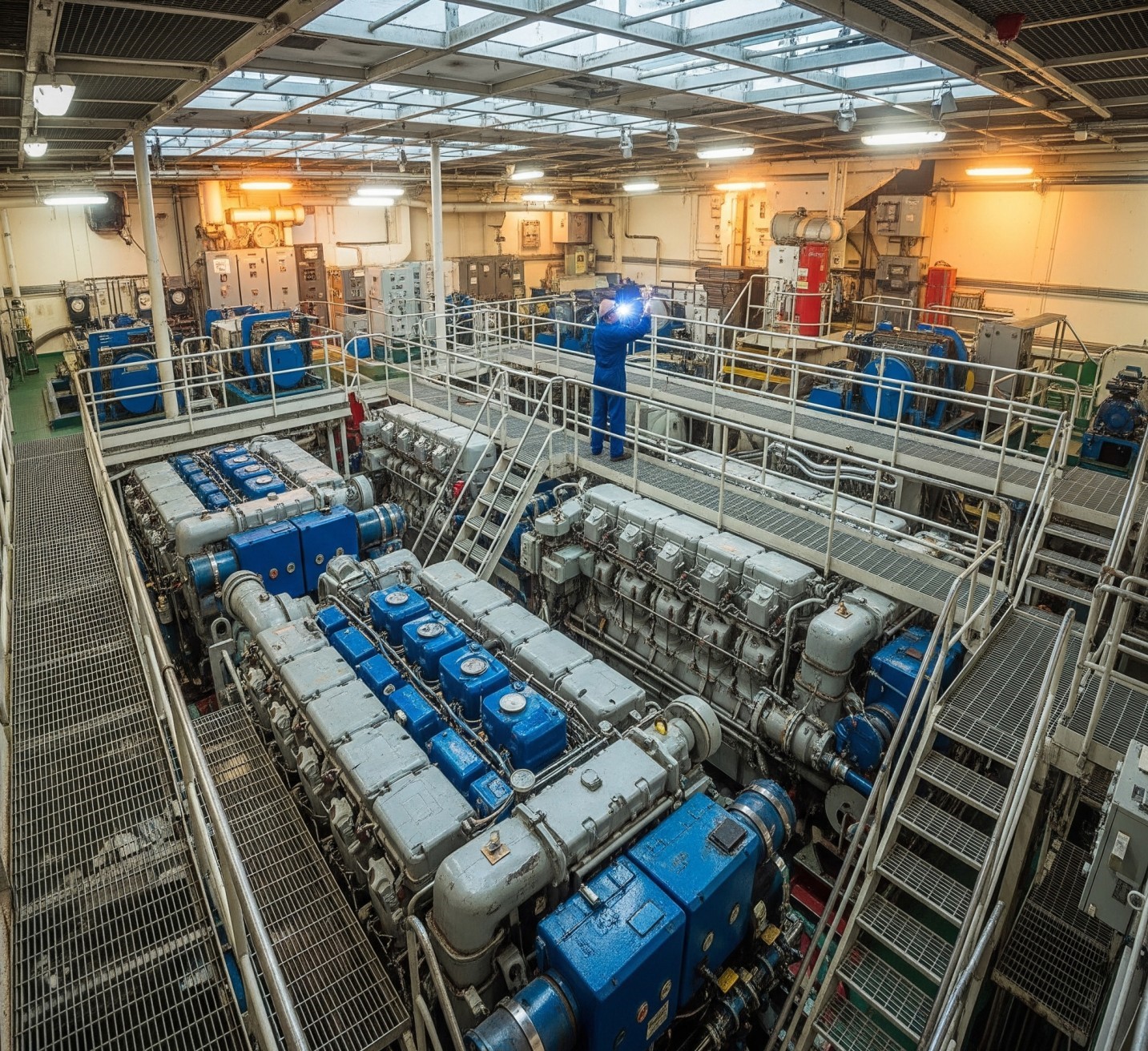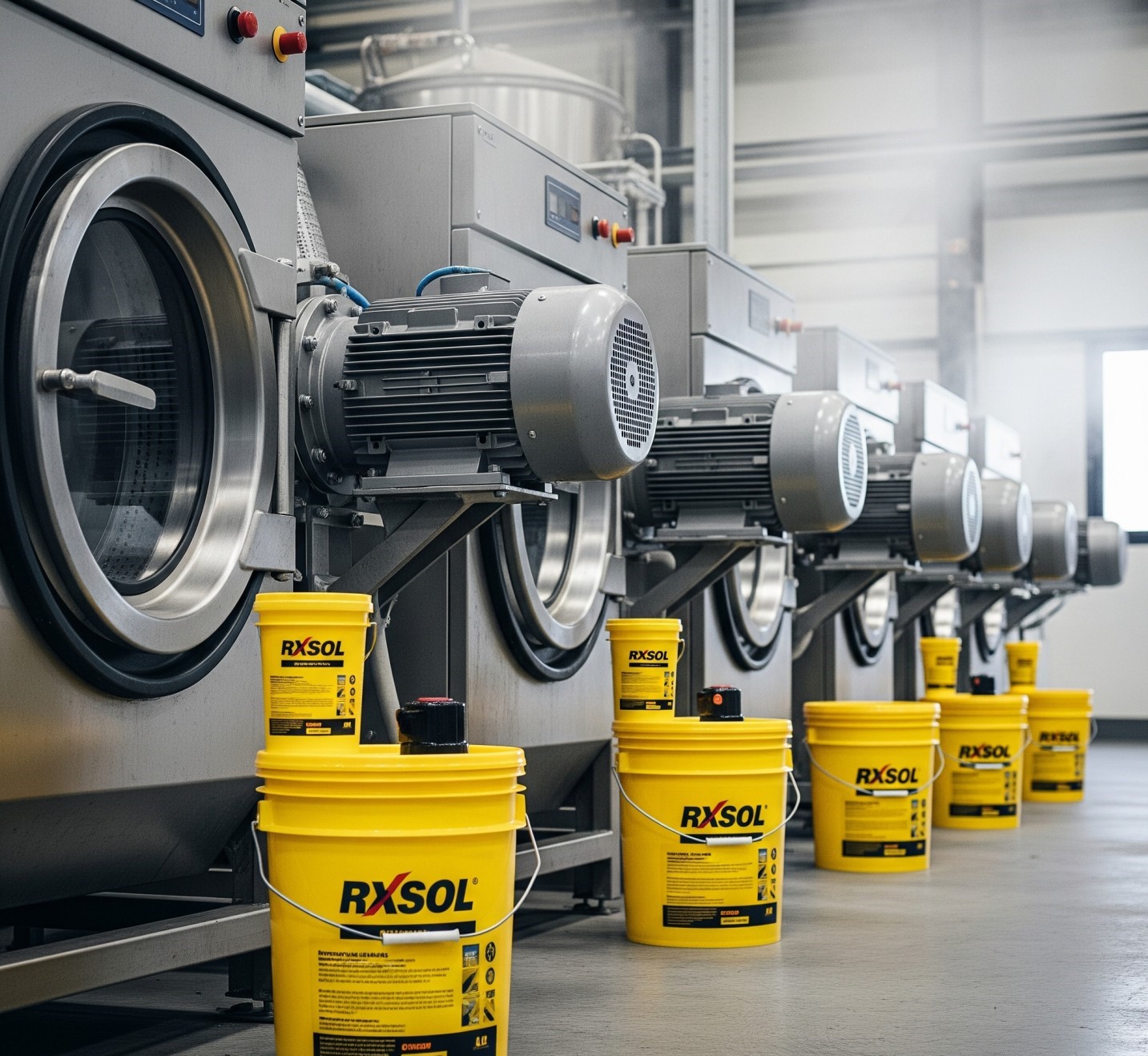Hydrochloric acid is the aqueous solution of hydrogen chloride gas (HCl). It is a strong acid, and the major component of gastric acid. It is also widely used in industry. Hydrochloric acid must be handled with appropriate safety precautions because it is a highly corrosive solution.
Hydrogen chloride (HCl) is a monoprotic acid, which means it can dissociate (i.e., ionize) only once to give up one H+ion (a single proton). In aqueous Muriatic acid, the H+joins a water molecule to form a hydronium ion, H3O+:
HCl + H2O H3O++ Cl-
The other ion formed is Cl-, the chloride ion. Hydrochloric acid can therefore be used to prepare salts called chlorides, such as sodium chloride. Hydrochloric acid is a strong acid, since it is fully dissociated in water.
Monoprotic acids have one acid dissociation constant, Ka, which indicates the level of dissociation in water. For a strong acid like HCl, the Ka is large. Theoretical attempts to assign a Ka to HCl have been made.[3]When chloride salts such as NaCl are added to aqueous HCl they have practically no effect on pH, indicating that Cl-is an exceedingly weak conjugate base and that HCl is fully dissociated in aqueous solution. For intermediate to strong solutions of hydrochloric acid, the assumption that H+molarity (a unit of concentration) equals HCl molarity is excellent, agreeing to four significant digits.
Of the seven common strong acids in chemistry, all of them inorganic, Hydrochloric acid is the monoprotic acid least likely to undergo an interfering oxidation-reduction reaction. It is one of the least hazardous strong acids to handle; despite its acidity, it produces the less reactive and non-toxic chloride ion. Intermediate strength Hydrochloric acid solutions are quite stable, maintaining their concentrations over time. These attributes, plus the fact that it is available as a pure reagent, mean that Hydrochloric acid makes an excellent acidifying reagent and acid titrant (for determining the amount of an unknown quantity of base in titration). Strong acid titrants are useful because they give more distinct endpoints in a titration, making the titration more precise.
Safety
Hydrochloric acid in high concentrations forms acidic mists. Both the mist and the solution have a corrosive effect on human tissue, with the potential to damage respiratory organs, eyes, skin, and intestines. Upon mixing Muriatic acid with common oxidizing chemicals, such as bleach (NaClO) or permanganate (KMnO4), the toxic gas chlorine is produced. To minimize the risks while working with hydrochloric acid, appropriate precautions should be taken, including wearing rubber or PVC gloves, protective eye goggles, and chemical-resistant clothing.
HYDROCHLORIC ACID CONC Supplier Oman Muscat Barka Salalah Sohar Ruwi Mutrah Nizwa Al Hamra Manah
Email:- mail@muscatchemical.com




